Are your green tomatoes slow to ripen? Check out these tricks to ripen tomatoes faster as the end of the season approaches!
Each summer, grow an abundance of tomatoes. We grow about 16 tomato plants each year that provide our tomato-based products for the entire year. We don’t buy tomatoes from the store except in very rare occasions so growing a large amount of tomatoes is vital to keeping our food pantry stocked!
When we lived in the high desert of Southwest Idaho, the dry heat of the summers always produced a plethora of ripe tomatoes! However, after moving to the rainy Pacific Northwest, I realized that growing tomatoes wasn’t going to be quite as easy!
Factors that effect tomato ripening:
There were several issues that created the perfect “tomato ripening storm” for us this year. These may be issues effecting your tomato ripening as well! Keep these factors (and ways to remedy them!) in mind for future planting seasons.
- Late Planting: Due to our move in February, I didn’t get my seeds planted until March 27. Normally, I plant my hot crops (like tomatoes and peppers) in early February. This late start put our tomatoes and other plants at least a month behind schedule.
- Non-Regionally Adapted Seeds: I highly believe in using regionally-adapted seeds. However, the seed varieties that I had on hand were primarily adapted to the high desert climate where we used to live. Due to the pandemic, I decided not to purchase new seeds this year. I will definitely be looking for some better adapted varieties for next year!
- Cool, Damp Weather: The nights in the Pacific Northwest are cool and damp. This, along with a cool rainy June slowed down our tomato ripening. In the future, I plan to use high tunnels for my hot crops to combat the cool temps of the Pacific Northwest. However, it will be several years before we are able to invest in that kind of infrastructure.
- Unestablished Garden Soil: Our garden is brand new with new soil. This means that the soil hasn’t had time to truly become a “living soil” teaming with micro-organisms. Because of this, nutrient uptake is much more unpredictable and can effect the productivity of plants.
But I’m not giving up on ripe tomatoes yet!
Despite everything, my tomato plants are healthy and full of gorgeous growth. They are also full of green tomatoes! There aren’t as many fruits as usual, but I’m happy with their production given all the challenges.
However, as September quickly approaches, I started to worry more and more about our tomato crop for the year. The frost dates are much later here than I’m used to, but my high desert instincts still worry about an early frost taking our harvest before we can preserve it!
Luckily, I had some special tricks up my sleeve to help ripen my green tomatoes by the end of the growing season! And, within about a week of using these tricks, we had our first harvest of ripe tomatoes! Queue the happy dance!
With these tips and tricks in mind, hopefully you will also have lots of ripe tomatoes on your plants before the end of the season. But, if all else fails, you can still use those green tomatoes in lots of yummy recipes! Here are 40 Delicious Recipes that Use Green Tomatoes!
How Stress Can Help Ripen Tomatoes:
The secret to getting your tomatoes to ripen quickly: Stress them out!
Yup, you read that right! If you want your tomatoes to ripen quickly, you need to trick them. Basically, you want to make them think that the end of the world is coming and it’s coming quickly!
This is a method that I have used every September in the high desert to get a maximum harvest from my tomatoes before the frost hits. And, I am happy to report that the method works just as well in our new Pacific Northwest environment!
Why it works:
All plants follow a natural life progression. They are designed to germinate, produce green growth and then set fruit in an effort to produce seeds that will ensure the plant’s survival at the end of the growing season. A plant’s biological purpose is to set seed. And, in tomatoes, ripe fruit is a byproduct of that process.
By creating an environment where your tomatoes think that they are going to die soon, it forces them to complete their biological process faster. The plant takes the energy that it was using on things like lush green leaves and new flowers and instead focuses it solely on ripening fruit.
When to use it:
This is a technique that is best used at the end of a growing season. Basically, you are prematurely signaling your plant to finish its lifecycle. So instead of producing new fruit or new leaves, it will use most of its energy to ripen existing fruit.
Because of this, you should only use this method once your plant has a good set of fruit on it. Any immature fruit may not ripen, so it’s important to make sure that you have plenty of healthy, big green tomatoes before stressing your plant.
4 End-of-Season Tricks to Ripen Tomatoes Faster On the Vine:
Cut Back on Watering:
One of the easiest ways to stress your tomato plants is by reducing water. Cutting back on your regular watering stresses the plant due to the limited water resource. So, instead of using its available nutrients on new leaves and flowers, it will use it to ripen existing fruit.
To do this, begin by cutting down your regular watering schedule by at least half for a week, Then, cut it down again the following week. Continue this reduced watering schedule throughout the remaining gardening season and make adjustments as necessary.
For instance, I was watering my tomatoes 4 times a week. I cut it down to 2 times a week and then down to just once a week. I will continue this watering schedule of watering once a week until the frost kills the plants or until the Fall rains begin.
Pruning:
Intense end-of-season pruning is a great way to stress your plants. By removing large unproductive branches of the plant, it forces the plant to focus its energy on ripening fruit. To prune your plant, cut and remove any branches that do not contain fruit or primarily contains fruit that isn’t mature enough to ripen by the end of the season. I usually prune away about 1/3 of the foliage on my tomato plants towards the end of the growing season.
Remove Any Immature Fruit:
If your plant has a lot of “baby tomatoes” that are small and immature, remove them. These immature fruit are unlikely to mature and ripen by the end of the season anyway. By removing them, it stops the plant from using extra energy to continue growing and ripening them. Instead, the plant can focus its energy on ripening the more mature fruit.
Remove Any New Flowers:
Since your end-of-season tomato plants won’t have time to set any new fruit before the frost comes, it only makes sense to remove any new flowers. Removing the flowers will signal the plant to instead use its energy to ripen existing fruit instead of trying to produce new fruit.

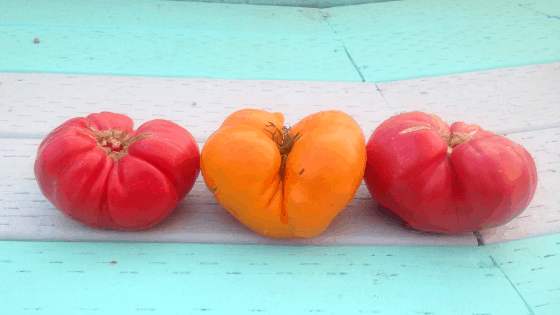
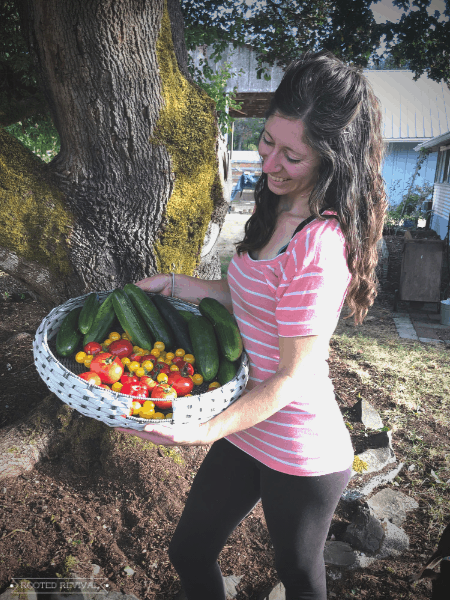
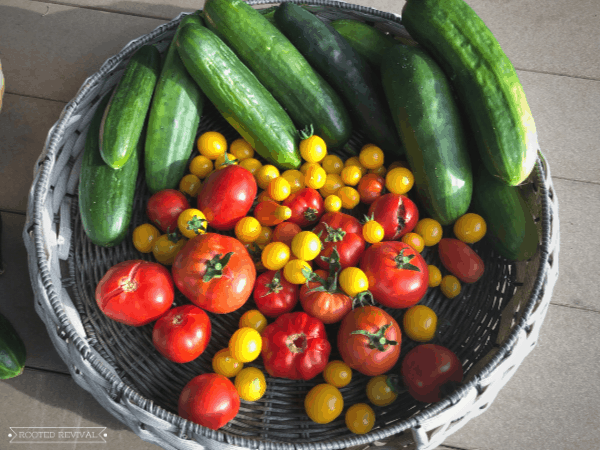
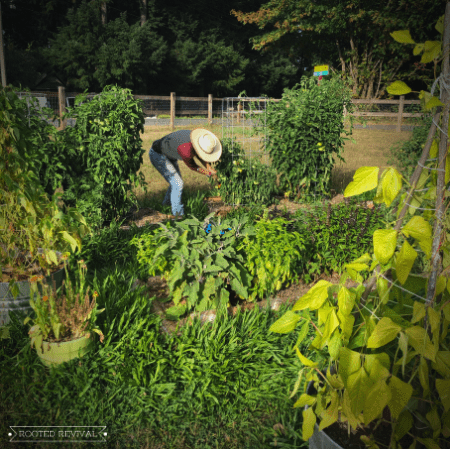
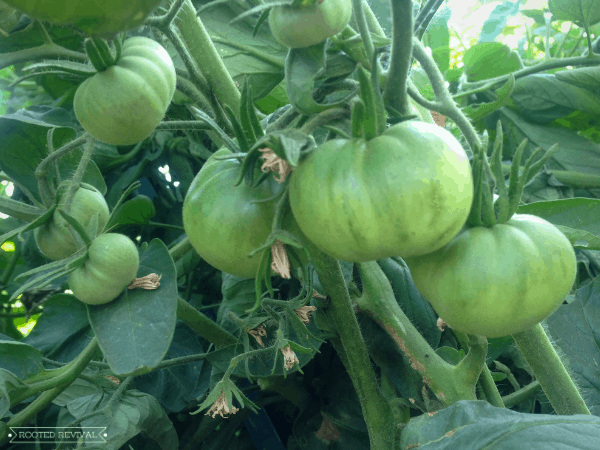
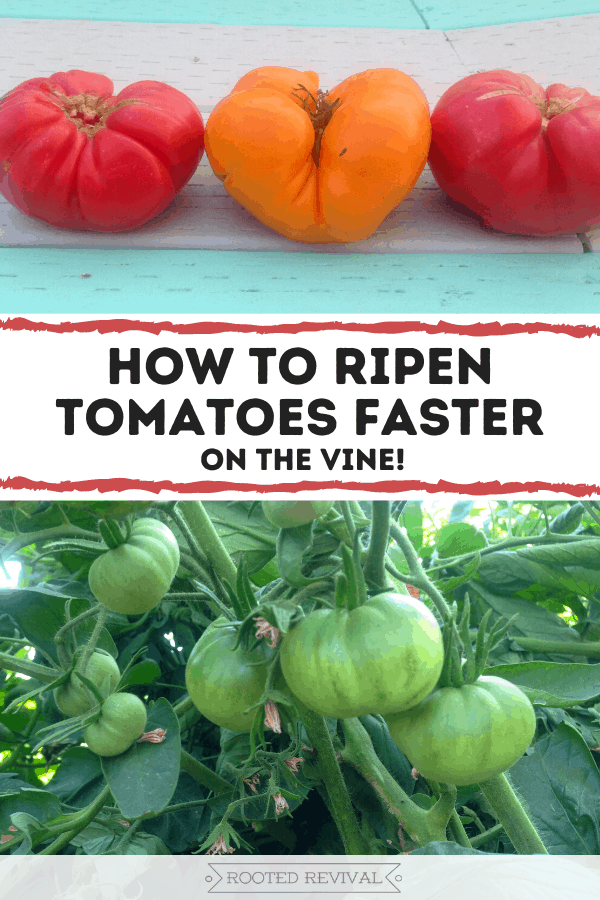

Robyn Maddess
Thursday 3rd of September 2020
I did an intense prune because I planted all mine too close this year and ended up with a tomato hedge. Within days I had a pail of ripe tomatoes! Glad to read this and find I did something right without realizing its what I should have done anyway.
Project Zenstead
Thursday 3rd of September 2020
Those fortunate little accidents are some of the best ways to learn! Experimenting never hurts - and I'm glad your experiment turned out some beautiful ripe tomatoes! ?
Shelby @Fitasamamabear
Tuesday 1st of September 2020
Great tips! I need to try the intense pruning, by now our tomato plants are crazy wild haha